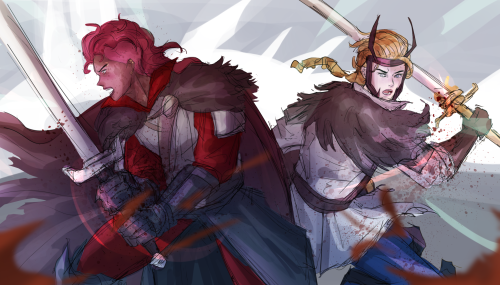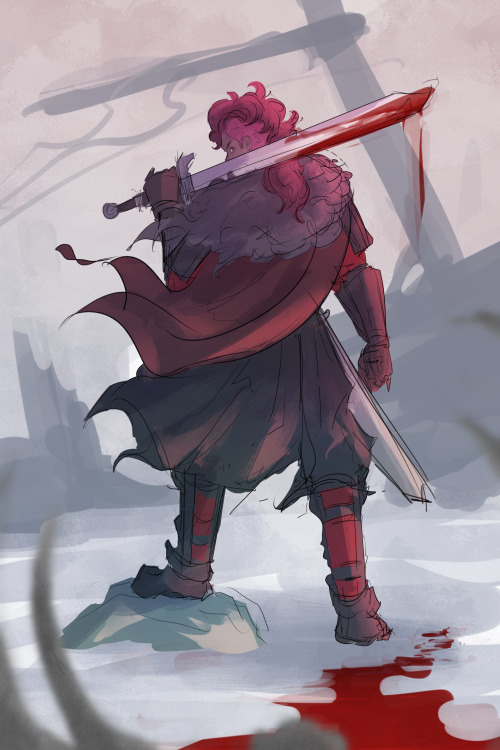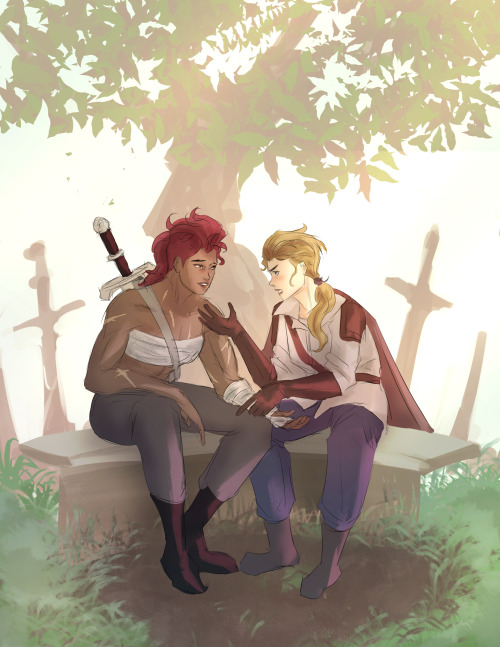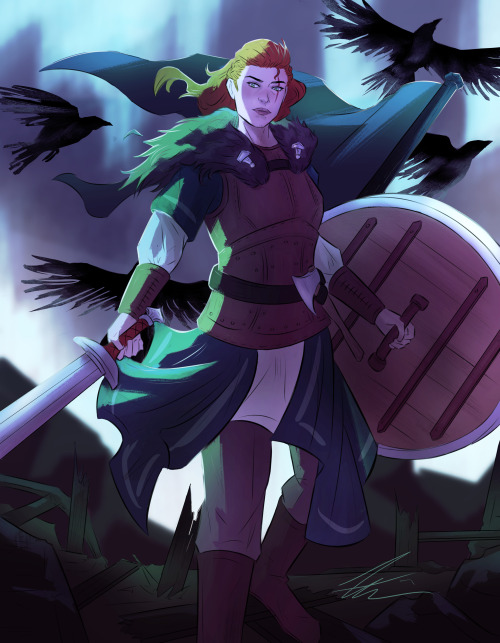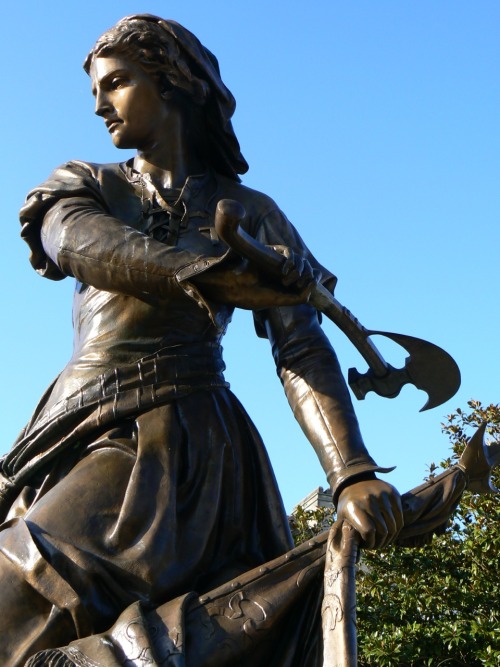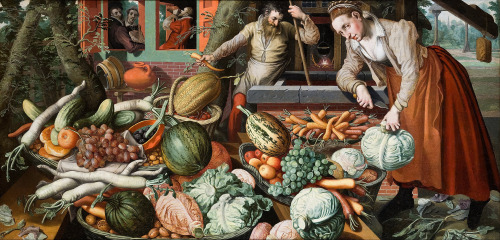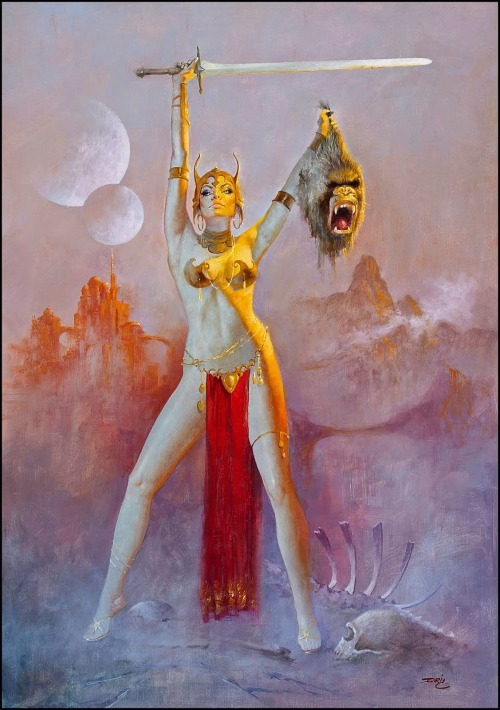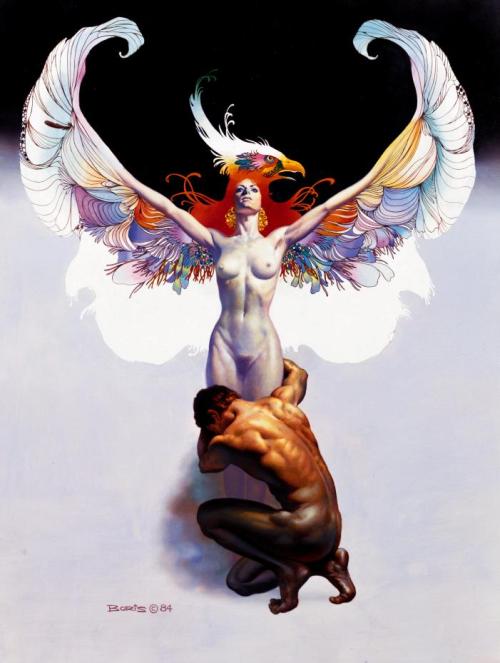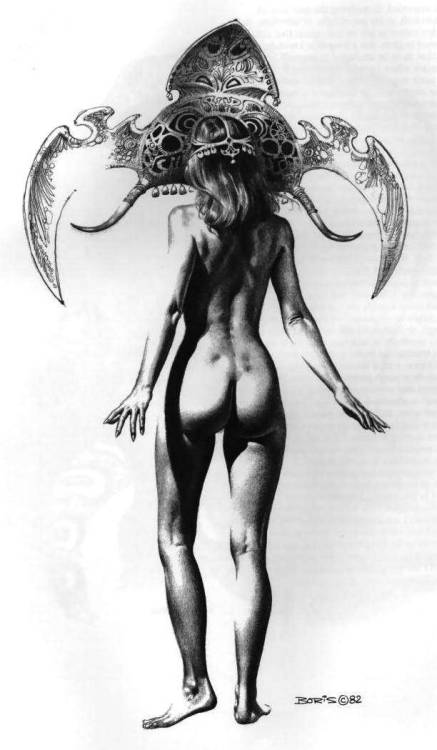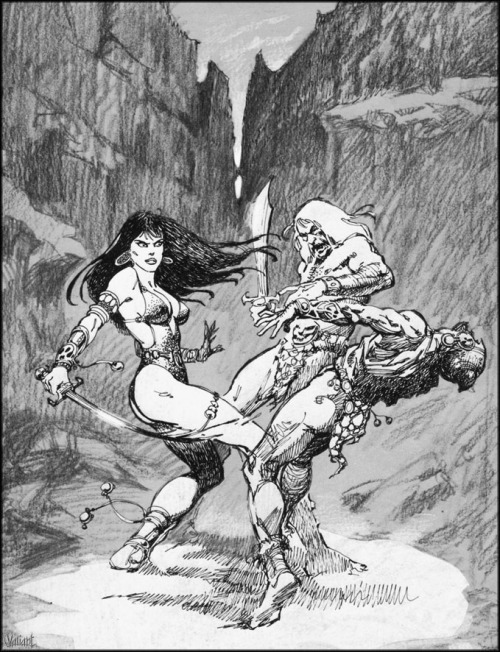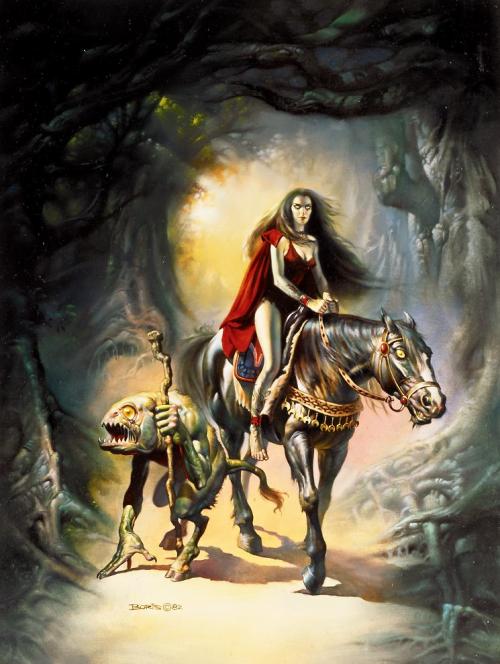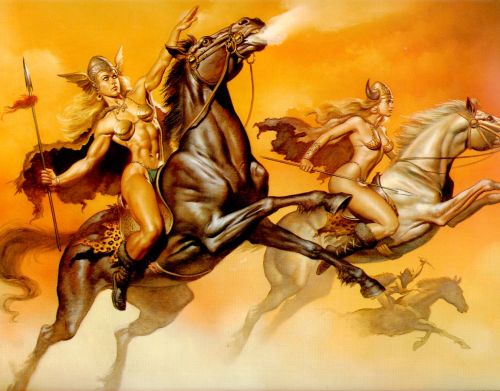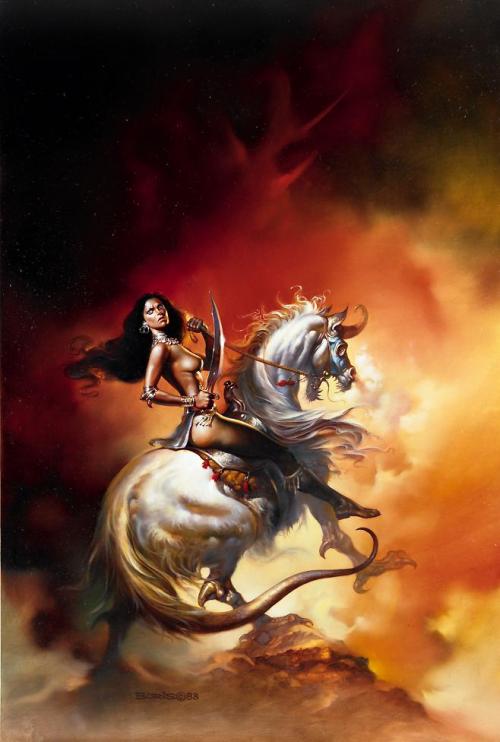#warrior women
Feminism isn’t about making women strong. Women are already strong. It’s about changing the way the world perceives that strength.
— G.D. Anderson
Nakazawa Koto - Valiant swordswoman
(There is little information available about this woman in English. I tried to back it up with Japanese sources. Feel free to correct me if you spot a mistake or if you have additional information)
Nakazawa Koto (1839-1927) was a Japanese swordsman who fought for the Tokugawa shogunate during the Boshin War.
Koto was born in Kōzuke Province. She was taught martial arts during her childhood and was skilled in Kenjutsu. In 1863, she accompanied her brother Sadamasa to Kyoto. Dressed as a man, Koto enlisted with him in the Rōshigumi, a group protecting the Tokugawa shogun. Koto was tall for a woman, she was 5'7"(170 cm), something that contributed to her successful disguise. It was said that “when Koto dresses as a man, many women fall in love with her. When Koto dresses as a woman, many men fall in love with her.“
TheBoshin war broke out in 1868 between the shogunate’s supporters and those of the imperial court. Koto fought for the shogunate. During a battle, she found herself surrounded by the enemy and managed to escape, defending herself with herkatana.
Koto survived the war and saw the Meiji restoration (the restoration of imperial rule in Japan) as well as the beginning of the Showa era. She died in 1927. Koto seems to have stayed celibate her whole life. She reportedly said that she would only marry a man who could defeat her in a sword fight so perhaps she didn’t find her match.
Koto is slowly coming back under the spotlight, a monument has been erected close to her grave. In 2017, she got her own TV movie: Koto Nakazawa: The Beautiful Swordswoman. You can watch a part of it in Japanese here.
References:
“中沢琴”, Japanese sword virtual museum
“群馬「男装の剣士」中澤琴に静かな注目 子孫が墓建立”, from the Japanese newspaper Asahi
Nakazawa Koto’s page on Wikipedia
Post link

Warrior Women by angel5art

The Librarian by Loles Romero
Jeanne Laisné (nicknamed Jeanne Hachette - ‘Jean the Hatchet’).
Born 1456 - died ?
Claim to fame: a French military heroine who prevented the capture of Beauvais.
In June of 1472 Charles the Bold, Duke of Burgundy, laid siege to the French town of Beauvais. Over the course of the three week siege, a peasant woman named Jeanne Laisne joined a contingent of women and children responsible for loading the town’s cannons, delivering munitions and dumping boiling liquid over the walls onto the attackers.
By 27 June, many of the French defenders had lost hope and begun to flee as an assault from the Burgundians seemed set to defeat the town. An officer was about to plant the Burgundian flag on the wall and claim Beauvais when Jeanne grabbed a hatchet and flung herself upon him, hurling him off the wall and tearing down the flag. Her bravery revived the courage of the garrison and the French soldiers returned to their posts, keeping the Burgundians at bay until reinforcements arrived and the town was saved.
By way of recognition, King Louis XI heaped favours on Jeanne and ordered for the ‘Procession of the Assault’ to take place in Beauvais every year with women marching at the head of the parade. This tradition still continues.
In 1851, a bronze statue sculpted by Gabriel-Vital Dubray (pictured above) was unveiled in Beauvais by Louis-Napoleon Bonaparte.
Post link

Snippets from the introduction of a recent essay I wrote on women and gender in the crusades:
Besieged in Jerusalem in 1187, Margaret of Beverly proved herself an active participant in the crusades by patrolling the walls, describing herself as ‘a fierce warrior woman’.
Crusading was unmistakably gendered with socially constructed, rather than biologically determined, masculine and feminine roles. Participation was geared towards men, narratives favoured male exploits and contemporary gender constructs dictated women should merely support and encourage the masculine pursuit of warfare.
Despite being discouraged and marginalised, many women joined the crusade as pilgrims and camp followers where they provided services such as moral support, menial labour, cookery and prostitution. They assisted with siege warfare, defence and the provision of supplies to frontline fighters. In emergencies, noblewomen took leadership roles and lay women likely took part in direct combat. Those left at home took on the challenging burden of managing families, estates and businesses to facilitate the absence of male relatives.
Women within the army and crusader settlements faced a myriad of grave dangers including starvation, captivity, rape, family separation, injury and death.
The contribution of women to crusading was significant and varied, but the tendency to define a ‘crusader’ only as a direct combatant has led some historians to suggest only women who fought could be considered crusaders. As the crusades were a spiritual and societal movement as well as a military enterprise, I argue it is more appropriate to define a crusader as a participant. It is oversimplified to ignore the vast contribution of women who, like their male counterparts, took vows and committed to the Christianisation of the east at great personal risk. Therefore, I argue women should be called crusaders for their dedication, courage and sacrifices for the crusade effort.
Image is of Melisende of Jerusalem
“There were once women in Denmark who dressed themselves to look like men and spent almost every minute cultivating soldiers’ skills; they did not want the sinews of their valor to lose tautness and be infected by self-indulgence. Loathing a dainty style of living, they would harden body and mind with toil and endurance, rejecting the fickle pliancy of girls and compelling their womanish spirits to act with a virile ruthlessness. They courted military celebrity so earnestly that you would have guessed they had unsexed themselves. Those especially who had forceful personalities or were tall and elegant, embarked on this way of life. As if they were forgetful of their true selves they put toughness before allure, aimed at conflicts instead of kisses, tasted blood, not lips, sought the clash of arms rather than the arm’s embrace, fitted to weapons hands which should have been weaving, desired not the couch but the kill, and those they could have appeased with looks they attacked with lances.”
~ Saxo Grammaticus in Gesta Danorum c1200 CE

Looking back….
I spend so much time in these rocks as a kid but only last autumn managed to return there to take pictures. I do not feel as if I made the best use of the Location, so obviously I need to do it again. Also, never try to be a photographer while wearing all that armor…
Mornienna took the photo.
Important Japanese Women’s Rights Hashtags on Twitter happening NOW
(Please correct my translations if I’m wrong Btw)
#痴漢許さぬ漢の会
Romaji:chikan yurusanu han no kai
Translation: Molesters are not allowed in our society
#大丈夫ですかプロジェット
Romaji: daijoubu desuka purojecuto
Translation: Are you okay? project
Both of the following are reaching out to (mostly)women who are victims of sexual assault and are set to stop sexual violence
Market Scene (1569), Pieter Aertsen
— from a book of proverbs, published in Antwerp, 1568
Post link
Ok so, though I’m somewhat loathe to admit it, I’m strugglinga bit financially at the moment. And, rather than ask for crowd funding with like a gofundme or something (not that there’s anything wrong with that, just not my style) can I just ask you guys for some help with promoting my book, The Chronicles of Arenacea?
The Chronicles of Arenacea is a wlw fantasy novel and here’s a quick synopsis: Zeteria is the first woman to be warrior caste in over 500 years. Her world is harsh and unyielding, filled with fights to the death in an arena for the “glory” of the lord of her house. The noble caste is all powerful, treating women and the other castes as slaves. Zee’s life changes when she meets Tessimi, a noble born woman who has become servant caste due to the fact that she’s, as of yet, unmarried. In their world, love between two women is punishable by death. But that won’t stop Zeteria and Tessimi from fighting for a way to be together.
So, can I ask that you guys reblog this to signal boost? Even if you aren’t into reading books or don’t particularly enjoy fantasy or wlw books, someone you follow might and that would help me out a ton.
Also, if you do buy it and like it, please leave me a review! Reviews are critical for writers, especially independent writers since reviews help attract more readers. More reviews also gives Amazon more incentive to promote my book.
The book is available on Amazon in paperback and ebook, iTunes iBooks,Barnes and Noble Nook,Smashwords,Scribd, Kobo and more all as an ebook.



